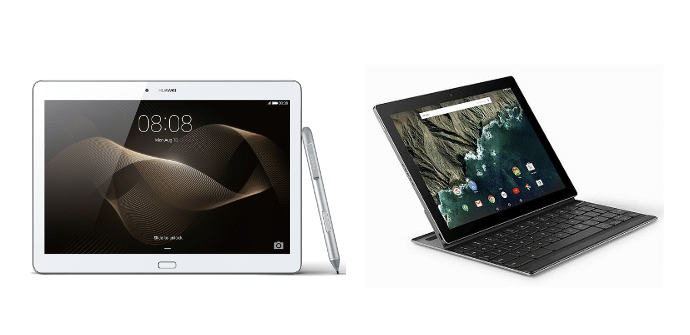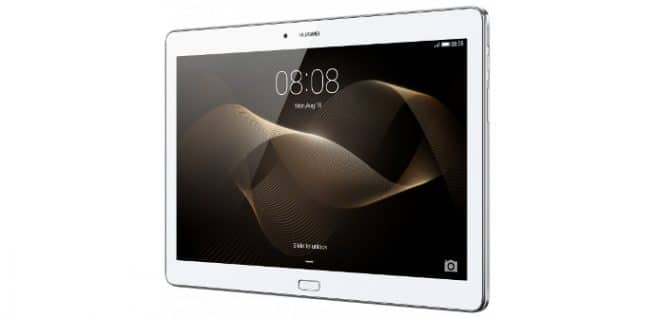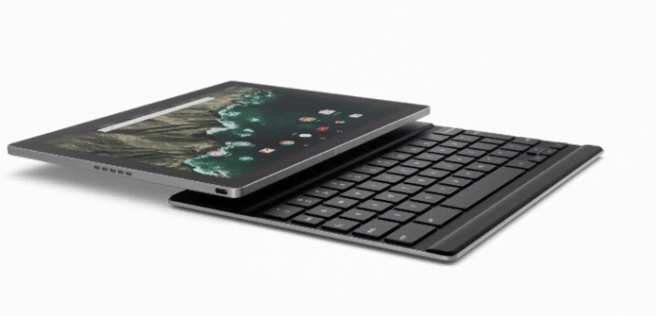
Today we have for the new MediaPad M2 10 a particularly tough rival: the Pixel C. Despite not officially entering the Nexus range, the new tablet from Google, like all the previous ones, not only is it one of the tablets with the best Technical specifications within the high-end Android range, but also has a tempting quality / price ratio and some interesting extras for those looking for a tablet with which they can not only enjoy leisure, but also work. Will the attractions of the tablet Huawei enough to make it a good alternative? We hope this comparative can help you decide which of the two is more interesting for you.
Integrated
In the design section there are very good things to say in both cases, since both are among the few Android tablets that arrive with a metal casing and have interesting accessories for those who seek to raise their potential: in the case of the Android tablet. Huawei It is a stylus, which will be included in the price in the premium model, and in the one of Google, a keyboard, although we will have to buy it separately. The tablet of the Chinese company also has a fingerprint reader.
Dimensions
The screen has a similar size in these two tablets and, indeed, we see that their dimensions are also very similar, without being too noticeable or even that they do not have exactly the same format (23,98 17,28 cm against 24,2x17,9 inch). They are very close also in terms of thickness (7,4 mm against 7 mm) and weight (500 grams against 517 grams).

Screen
As we just mentioned, their screens are practically the same size (10.1 inches against 10.2 inches), but not exactly the same format, since the MediaPad M2 adopts the more conventional 16:10 (optimized for video playback), while the Pixel C use a special one, straddling between 16:10 and 4: 3. In what clearly wins the tablet of Google is in resolution (1920 x 1200 against 2560 x 1800) and therefore in pixel density (PPI 224 against PPI 308).
Performance
Although the MediaPad M2 ride a powerful Kirin 930 (eight-core and with a maximum frequency of 2,0 GHz) and has 3 GB In its premium version, we will probably have to give the victory in this section to the Pixel C, not so much because of the difference in technical specifications (its processor is quad-core and 1,9 GHz and it also has 3 GB of RAM memory), as because the Tegra X1 It is a state-of-the-art processor and because it already comes with Android Marshmallow.
Storage capacity
The balance tips to the side of the MediaPad M2 on the other hand, in the storage capacity section, especially if we take as a reference the premium model, which will arrive with 64 GB of internal memory, but that in any case offers us the possibility of expanding its memory externally through card micro-SD. The Pixel C can be bought but with 32 or 64 GB, but there is no possibility to expand them.

Cameras
Another point where the MediaPad M2 stands out, and although it is not the most important in a tablet, it is the cameras, with a main of 13 MP and another front of 5 MP. The Pixel C, for its part, more within the usual, has a main chamber of 8 MP and another front of 2 MP.
Autonomy
Unfortunately there is not much we can say for now regarding the autonomy of these two tablets, since not only do we not yet have independent tests that allow us to compare them, but in the case of the Pixel CGoogle It hasn't even made the battery capacity data official yet. The only thing we can confirm is that the battery of the MediaPad M2 is 6600 mAh.
Price
La MediaPad M2 Not only does it have the advantage of arriving with the stylus included in its premium version, but it even has a lower price than the Pixel C, as they will be sold for $450 y $500, respectively. If the features of the standard model of the tablet of Huawei are enough for us, the saving is even greater, since its price will be $350.
The fingerprint reader, not digital, very good article
compare the huawei with the bq m10